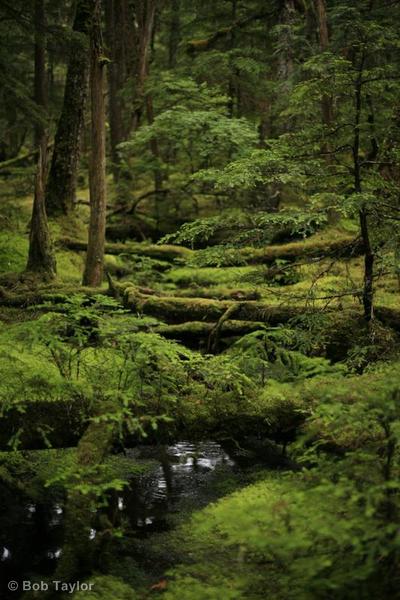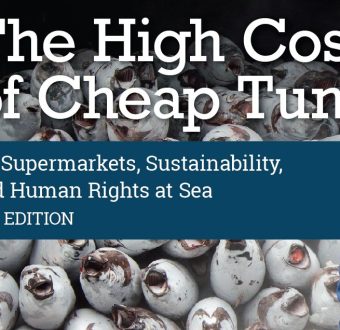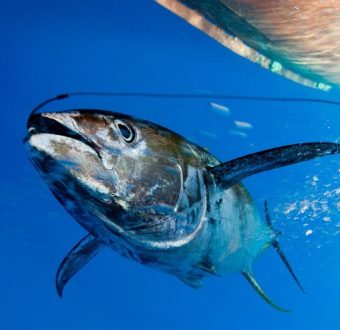At Greenpeace, were often working hard to help save unique and amazing forests in places like the Amazon and Indonesia. This week, were excited to announce a major victory for our unique and amazing forests right here in the U.S.
It started with a simple premise if theres no road going into a forest, its very hard to get in and chop the trees down. This is why, since 1999, Greenpeace and other NGOs have been supporting whats known as Clintons Roadless Rule: a formal federal rule proclaimed at the close of his presidency which aimed to protect the remaining 58+ million acres of unprotected roadless areas in our national forest system.
The initial public process for Clintons Roadless Rule included about 600 public hearings and ultimately resulted, by 2001, in an outpouring of over 2 million comments — a record in U.S. history. In the years that followed however, setbacks instigated by the Bush administration and multiple legal challenges by a few states wanting to commercially exploit their forests, meant that the Roadless Rule was at risk of being blocked from protecting vulnerable wild portions of our irreplaceable forests. Until this week.
On Monday, a federal judge threw out what may well be the last challenge to the Roadless Rule (made by the State of Alaska), saying the challenge was too late: it was filed after a six-year statutory deadline on legal actions. As it stands now, unless Alaska appeals to the next higher court, after 14 years of legal wrangling the pristine portions of our national forests are safe from intrusions by roads and the impactful logging they support. A cause for celebration today, and a huge victory if no appeal is filed.
So is the reason our forests are protected, that the State of Alaska didnt submit its homework in time? Maybe. Does it matter? No. The bottom line is that the 14 year record of rulings in several courts has reinforced that enough is enough when it comes to proposing roads that would cut deeper into the remaining wild parts of our national forests. And its not just the trees that benefit from this. As Tom Waldo, the Earthjustice attorney who defended the Roadless Rule for Greenpeace and other plaintiffs said:
It is important for clean water, fish, wildlife and recreation in the remaining intact areas of the national forests. American families cherish these places for camping, hiking, fishing, boating, hunting and all kinds of other recreation. The Roadless Rule ensures they will be available for generations to come.
Worth celebrating the next time you head out into our unique, amazing–and now hopefully protected–national forests.




